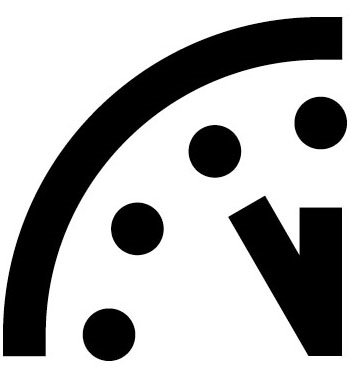A very clever friend has reminded me that, in the aftermath of the decision to scrap the air force strike wing, Labour commissioned Derek Quigley to undertake a review options "for New Zealand’s air combat capability assesses the value of that capability in meeting Government’s policy objectives in a fiscally sustainable manner"
The report includes this comment on the value of the F-16s:
- The Quigley Review of the F-16 lease agreed in part with the Whineray report, expressing the view that the need to maintain an air combat force seemed to be based on: demonstrating that New Zealand is serious about its own defence; sending a clear message that New Zealand is committed to broader regional and global security; and, importantly, having an operational capability that can be expanded should strategic circumstances deteriorate significantly at some point in the future.
- The Quigley review reported that it is questionable whether the New Zealand air combat force would be deployed in direct support of New Zealand Navy or Army contingents in an operational situation. In a submission to the review, the Navy expressed the view that RNZN ships would normally be deployed as part of a larger force with access to layers of defence and support. It saw the provision of air support in these circumstances coming from the air combat assets of a coalition rather than a dedicated New Zealand air combat component. The Army had a similar view about their operational circumstances. Notwithstanding this, both the Navy and Army require training support from the air combat force in order to achieve their operational readiness states.
- The air combat force equipped with the A-4 Skyhawk in its current state would be a marginal asset to any multinational coalition, and its operational utility will continue to decline. Should the Government wish to retain an air combat capability with some useful operational utility, then it would have to make a significant investment in new aircraft, more modern weapons, and improved combat systems.
- In the absence of a foreseeable military threat, it is unlikely a New Zealand government would use the air combat force to respond to a low level security challenge around New Zealand or the South Pacific.
- The air combat force plays a useful role in confidence building in the Asia-Pacific region through its involvement in FPDA activities and bilateral exercises. This is part of the architecture that helps maintain stability in the region. These activities also contribute to our foreign policy objectives. A New Zealand government, however, has not used the air combat force in response to a security challenge in the region for over 25 years. The outlook in Strategic Assessment 2000 makes it difficult to visualise a situation where a government might do so in the foreseeable future.

3 comments:
Aside from the fact that the Sky Hawks haven't been sold yet, this is kind of a dead issue. Armageddon hasn't happened. People are over it. The Nats didn't really have any choice but to change their tune. As for what to do with the Sky Hawks, perhaps they could be auctioned off as fundraisers for the Labour Party? :-)
that the Skyhawks are still sitting there aptly demonstrates how valuable they really were. Even as adversary trainers their use is arguable.
The best hope is to flick them one by one as warbirds...they've reached that age.
Indeed, the F-16As the Nats wanted to buy would also be fast approaching that age.
Post a Comment